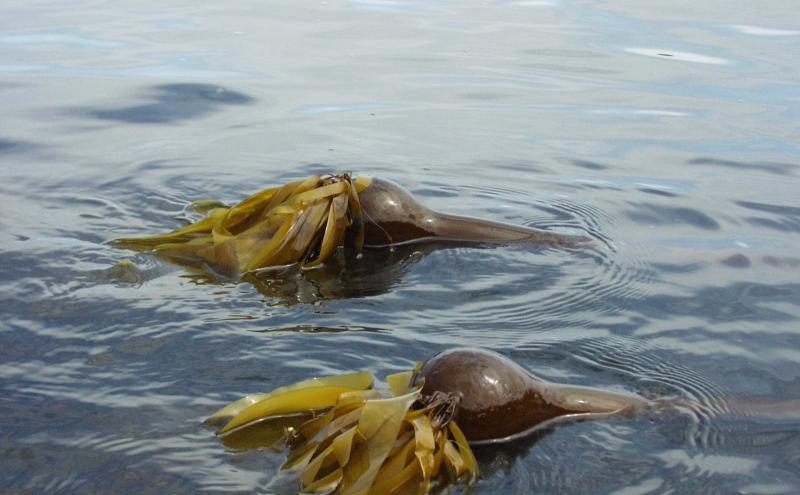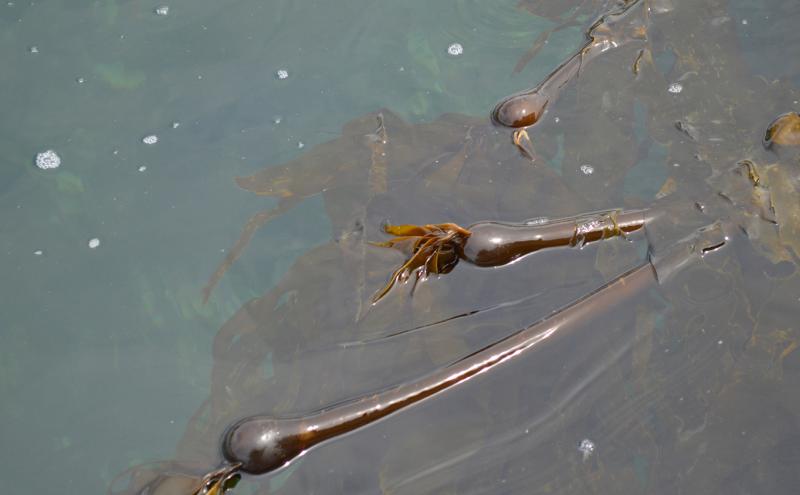By Ashley Townes, Washington SEA Grant Keystone Fellow
Imagine walking through a museum, and suddenly, you find yourself standing in front of a painting that depicts a vast underwater world teeming with aquatic life. You study the brushstrokes and colors, and your mind's eye begins to fill in the details, creating a rich, three-dimensional experience. Similarly, 360-degree cameras and small underwater remote-operated vehicles (ROVs) can transport us to the depths of the ocean, where we can observe marine life in their natural habitats. With their wide-angle lenses and advanced technology, these tools capture every detail, providing an immersive experience underwater that can take us to new worlds, and give us a view that is both breathtaking and awe-inspiring.
These innovative tools are changing the way the Port and partners study the marine environment, reduce carbon emissions, and preserve habitat in our region. Learn how this technology is transforming research and conservation at the Port.
What exactly is an ROV and how are they used in marine research?
Diving into the depths of the ocean has always been an intriguing prospect for explorers and scientists. However, this isn't without its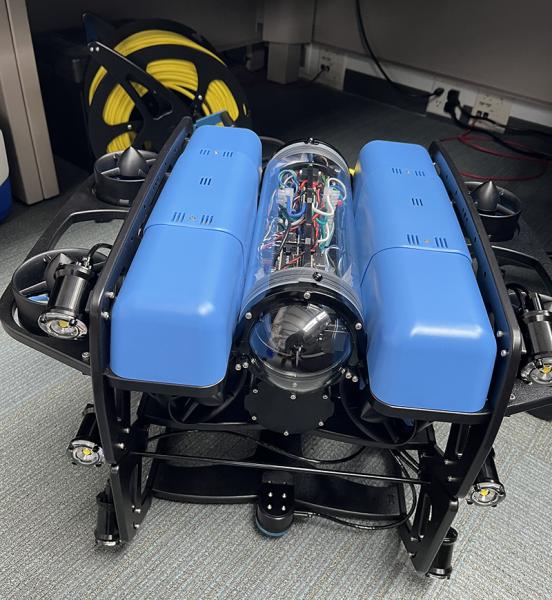 challenges. That's where small underwater remote-operated vehicles (ROVs) come in. Introduced to the market in the 1980s, these submersible machines have come a long way since their inception. Their design has evolved to offer a comprehensive and cost-effective solution for surveying and monitoring aquatic environments.
challenges. That's where small underwater remote-operated vehicles (ROVs) come in. Introduced to the market in the 1980s, these submersible machines have come a long way since their inception. Their design has evolved to offer a comprehensive and cost-effective solution for surveying and monitoring aquatic environments.
What are small ROVs, you ask? They are remotely controlled robotic systems that allow operators on the surface to explore, observe, and study the underwater world in a non-invasive way. These small ROVs are equipped with cameras, lights, and other scientific instruments that enable researchers to capture high-quality images and video footage of marine life and underwater habitats. Plus, these instruments can be swapped out depending on the needs of the user.
But small ROVs aren't just for scientists and researchers. Anyone can use them to sightsee in the underwater world! These small ROVs come in a range of sizes, from handheld units that can be operated by a single person to larger vehicles that require a team of operators. The possibilities are endless with these small underwater ROVs.
Studying marine life with 360-degree cameras
360-degree cameras capture images and videos from every angle, creating a seamless, panoramic image or video resulting in one cohesive still or clip. The result is an interactive viewing experience, which can be enjoyed on a computer, a mobile device, or a virtual reality headset. While the use of 360-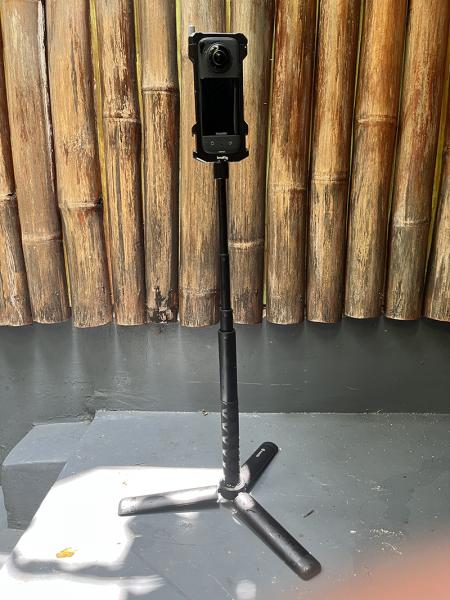 degree cameras for marine research and habitat assessments is a relatively new idea, it holds great promise for improving observational studies and data collection. Imagine being able to capture an entire kelp forest or a school of fish moving from one habitat to another in one cohesive still or clip! With a 360-degree camera, researchers can study marine life in a more comprehensive and immersive way than ever before.
degree cameras for marine research and habitat assessments is a relatively new idea, it holds great promise for improving observational studies and data collection. Imagine being able to capture an entire kelp forest or a school of fish moving from one habitat to another in one cohesive still or clip! With a 360-degree camera, researchers can study marine life in a more comprehensive and immersive way than ever before.
The combination of 360-degree cameras and miniature ROVs has the potential to create high-quality images and videos for aquatic surveying and monitoring purposes. This is especially useful when trying to monitor moving species in the water and assessing habitat conditions. In addition to capturing images and videos, 360-degree cameras and small ROVs can also be equipped with sensors that measure water quality and other environmental factors. This data can be used to monitor changes in the environment and identify potential threats to the ecosystem.
Innovative underwater tools and habitat restoration
Elliot Bay kelp forests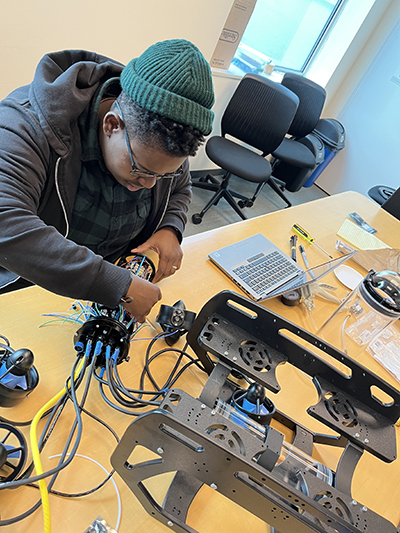
The Port of Seattle is working on several research initiatives to better understand the nearshore environment. Kelp forests provide sustenance, shelter, and sanctuary to a diverse array of fish, birds, and marine mammals. They also actively absorb atmospheric carbon, potentially offering protection against the harmful effects of ocean acidification. In 2022, Port of Seattle and the Seattle Aquarium collaborated to map, monitor, and understand the distribution of urban bull kelp (Nereocystis luetkeana) beds that line the Elliott Bay waterfront and the East and West Waterways of Seattle Harbor. The goals of the research include:
- Investigate bull kelp's habitat preferences and impacts on growth
- Develop new conservation and monitoring strategies; and
- Deepen our understanding of the nearshore marine ecosystems
- Learn more about bull kelp
The Seattle Aquarium uses cutting-edge technology of small ROVs to gather data on bull kelp distribution and conditions, as well as the understory and algal communities that flourish alongside them. “Nereo”, the Aquarium’s ROV, is armed with a sophisticated array of sensors and cameras, and is navigated using a gaming controller. The footage captured by this technology uses Artificial Intelligence (AI) to identify aquatic species, such as fish, kelp crabs, and count the density of kelp.
During the winter 2022, the Port of Seattle and the Seattle Aquarium joined forces to build an updated version of the Aquarium’s ROV. I worked with Port staff Mike DeSota and Randy Edwards, and Aquarium researchers Zachary Randall and Meagan Williams, to build a tailored ROV that captures data on the distribution, health, and growth of bull kelp.
Fish monitoring at Duwamish River People's Park (DRPP)
The Port's Duwamish River People's Park (DRPP) provides over 14 acres of restored estuarine habitat and 3,000 feet of shoreline. Completed in the summer of 2022, the park represents a remarkable 40% increase in marsh area along the Duwamish River, and it's the first real test of the Port's "mitigation bank" system.
Learn about the Port’s mitigation bank program
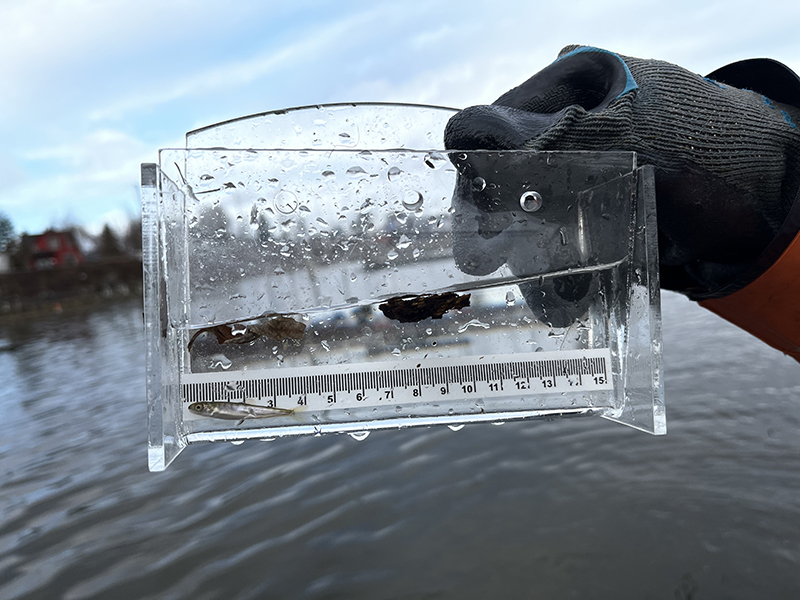
For the next 10 years, the Port of Seattle will conduct fish surveys using the fyke netting method. Fyke netting is a type of fishing gear consisting of a series of cylindrical nets that guide fish into a trap. This traditional fish sampling approach collects data on the presence of salmonids (which includes salmon, trout, and freshwater whitefishes) and other migratory fish. As part of the 2022-2023 Washington Sea Grant Keystone Fellowship program, I am developing a novel approach that merges classic fish sampling techniques with cutting-edge technology. With the help of 360-degree cameras and ROVs, I hope to demonstrate the potential of this approach to document fish movement patterns and habitat use in and around restored sites.
By using 360-degree underwater cameras and small ROVs to study juvenile fish populations, the project aims to test the effectiveness and usefulness of these survey techniques at river restoration sites. The pilot project will use the FIFISH V6 ROV and the Insta360 X3 360-degree camera. No study has directly compared these methods before, making this pilot project a unique opportunity to gain insight into the best practices for fish monitoring. The fish survey footage gathered in this project also has the potential to be used in a virtual reality (VR) educational experience.
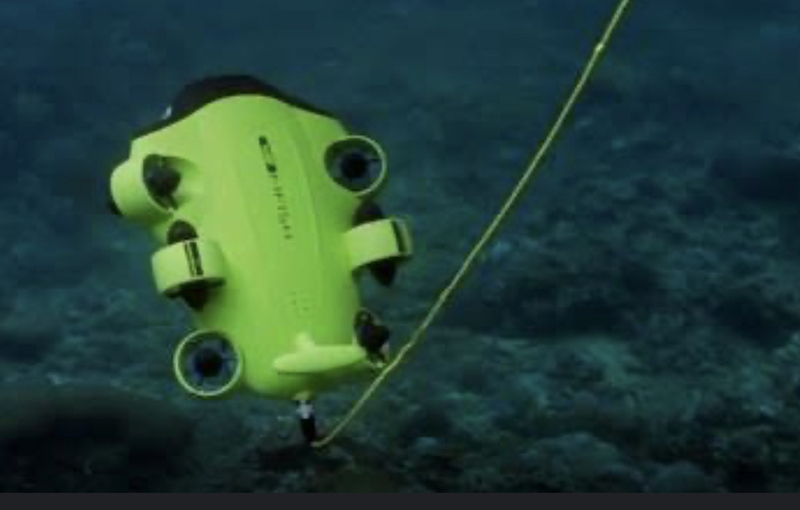
Not only will this study contribute to the field of fish ecology, but it will also provide valuable data for habitat restoration at the DRPP and other Port restoration sites along the Duwamish River. By understanding how juvenile fish populations use and respond to these restored habitats, we can better design and implement effective restoration projects in the future. Additionally, the potential for using the fish survey footage in a virtual reality (VR) educational experience is exciting. It provides a new and engaging way to educate fish ecologists and the public about the importance of preserving and restoring our natural habitats. The future of fish ecology is looking bright, and we can't wait to see what other innovative technologies and techniques will emerge.


